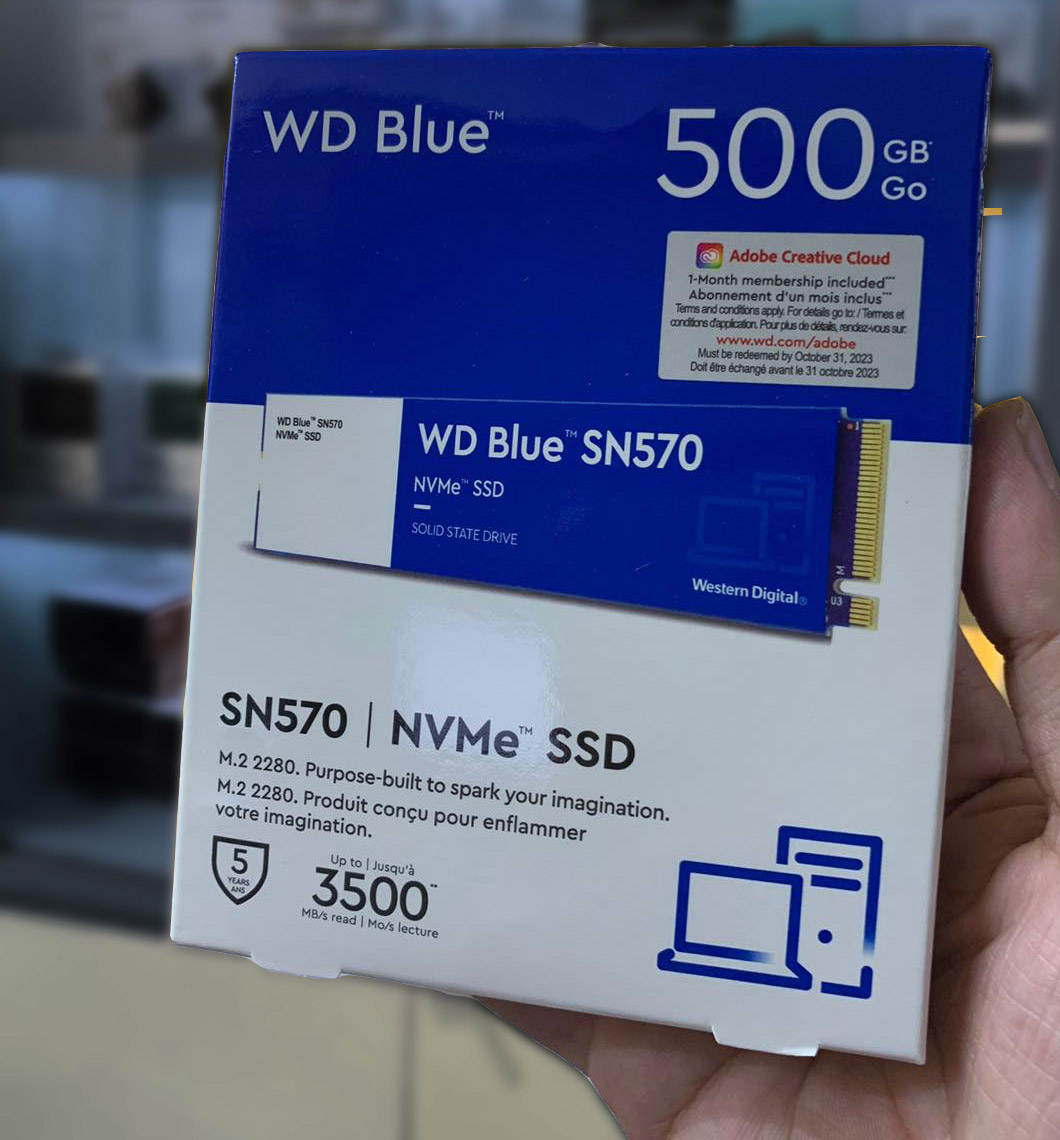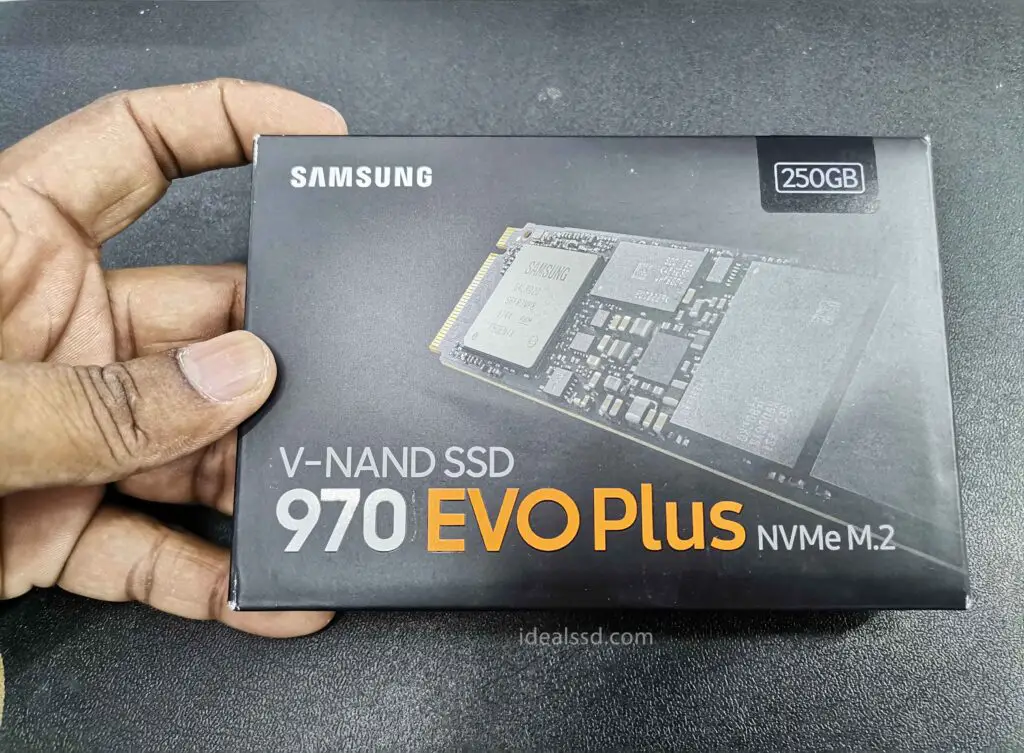What Does MTBF Mean for SSD? Is it Matter?

When it comes to computer storage, there are a few acronyms that everyone should know. One of these is MTBF, which stands for Mean Time Between Failures. This term is used to describe the expected lifespan of a particular component or device. In this blog post, I will discuss what MTBF means for SSDs and how you can use this information to make more informed decisions about your storage needs.
In summary, An MTBF (Mean Time Between Failures) is a different way of calculating the Annual Failure Rate (AFR). The manufacturer doesn’t know how long the product will work, but he can tell you how likely it is to fail. When you have a lot of devices, some of them will always fail. The MTBF/AFR calculation tells you how many failures you can expect.
What Mean by MTBF?
MTBF is a crucial maintenance metric that measures the reliability of an asset. It stands for Mean Time Between Failures, and it is defined as the average time between system breakdowns. A higher MTBF value indicates a more reliable asset, while a lower value indicates a less reliable asset.
If you take an SSD like Samsung 970 EVO Plus (Check on Amazon) it will come with 1.5 million hours of MTBF.


Also, it is important to keep in mind that MTBF is not specific to SSDs; it is widely used for reliability engineering.
MTBF is important because it can help organizations plan for downtime and schedule maintenance activities. For example, if an organization knows that an asset has an MTBF of 10 years, then it can plan to replace or refurbish the asset after 10 years of use.
Additionally, MTBF can be used to compare different assets or different brands of the same type of asset. In general, assets with a higher MTBF value are more expensive than those with a lower MTBF value. However, the extra cost may be worth it if the more reliable asset reduces downtime and increases productivity.
If we focus on SSDs for enterprise-level usage, it is essential that the SSD has a high MTBF as data loss can be catastrophic. The average MTBF for an SSD is around 1.5 million hours, which is much higher than that of a traditional hard drive. However, it is important to note that MTBF is not a guarantee of reliability, and an SSD can still fail even if it has a high MTBF rating. Therefore, it is important to always have a backup plan in place in case of data loss.
How To Calculate MTBF Value?
MTBF is calculated by dividing the total number of operational hours in a period by the number of failures that occurred in that period.
MTBF = No of operational hours ÷ No of failures
To put it simply, MTBF is a way of working out how often an asset will break down. For example, if an asset has been operational for 1,0000 hours in a year, and it breaks down 10 times during that year, then its MTBF is 1000 hours.
If a system has an MTBF of 1000 hours, this means that, on average, it will experience one failure every 1000 hours of operation. While MTBF can be a useful metric, it is important to note that it is only an estimate and does not guarantee that a system will not fail. In addition, the MTBF of a system can vary depending on its operating conditions. As such, it is important to consult with experts when interpreting MTBF data.
Is TBW and MTBF Same?
No. Though both acronyms are often used somewhat interchangeably, TBW (terabytes written) and MTBF (mean time between failures) are actually quite different. TBW refers to the total amount of data that can be written to a drive over its lifetime; in other words, it’s a measure of the endurance of a drive. To know more TBW refer to Why Does TBW Matter in SSDs?
MTBF, on the other hand, is a measure of reliability: specifically, it’s an estimate of how long a drive will last before it experiences a “catastrophic failure.” You might expect drives with higher TBW ratings to also have higher MTBF.
Do You Really Need to Worry About MTBF as A Single User?
No. Because as a single user, you are not going to buy 10,000 hard drives and put them into production all at once. So, the statistical values that apply to enterprise-level storage arrays do not really have much meaning for the average consumer.
The main thing that you need to worry about as a single user is whether or not your hard drive is covered by a warranty. If it is, then you can simply contact the manufacturer if it fails and they will replace it. To know more about SSD warranties refer to my article Which SSD Has the Best Warranty? Comprehensive Guide
In general, most SSDs come with a 3-5 year warranty, which should be more than enough for the average user. Even though the warranty says it going to cover for 5 years that doesn’t mean the SSD will exactly fail in the 5th year. The SSD could last for much longer than that, or it might fail within the first year.
It is also important to note that MTBF is not a perfect metric, and it should not be used as the sole basis for making decisions. For example, two SSDs could have the same MTBF rating, but one could be more reliable than the other. With powerful controllers, advanced wear-leveling techniques, and over-provisioning technologies, SSDs can operate reliably for years.

